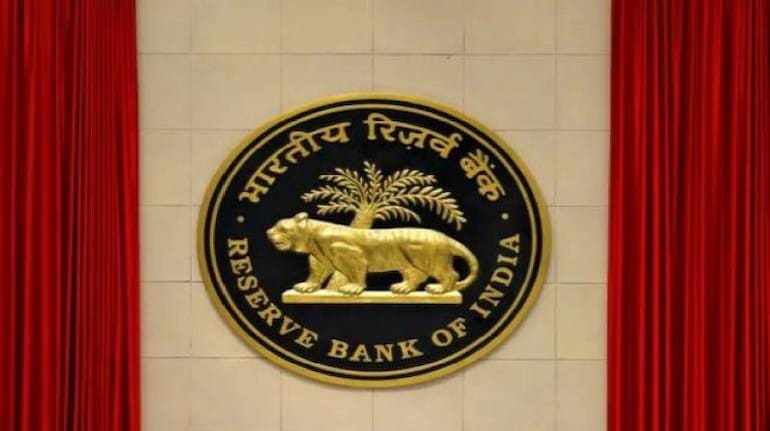



An increase in the policy rate was necessary to combat rising inflationary risks, minutes of the Monetary Policy Committee’s (MPC) September meeting released on October 14 showed.
“We need to do whatever is necessary and under our control to restrain broadening of price pressures, anchor inflation expectations and contain second round effects,” Shaktikanta Das, governor of the Reserve Bank of India (RBI) and head of the six-member MPC, said in the minutes. “The need of the hour is calibrated monetary policy action, with a clear understanding that it is required for sustaining our medium-term growth prospects.”
Das acknowledged that the future trajectory of inflation “remains clouded” with uncertainties arising from continuing geopolitical conflicts, possibility of further supply disruptions, volatile financial market conditions and domestic weather related factors. “We should remain vigilant on the inflation front while strengthening our macroeconomic fundamentals,” added Das.
The MPC had raised the repo rate – the rate at which the RBI lends funds to banks – by 50 basis points at its September meeting amid rising price pressures. One bps equals one hundredth of a percentage point. With the September rate hike, the MPC raised the repo rate by a total of 190 bps since May. The repo rate currently stands at 5.90 percent.
Inflation has been a dominating factor in the MPC’s deliberations over the last few meetings. Headline retail inflation measured by the Consumer Price Index (CPI) rose to 7.41 percent in September from 7.00 percent in August. The RBI expects inflation to average at 6.7 percent in FY23.
Inflation has now completed three full years above the central bank’s medium-term target of 4 percent. More importantly, inflation has been outside the mandated 2-6 percent tolerance range for three consecutive quarters, which is the definition of failure under the flexible inflation targeting framework.
As per the law, the RBI must now submit a report to the central government explaining why it failed to contain inflation, the remedial actions it proposes to take, and the time period within which inflation will return to target.
According to Deputy Governor Michael Patra, monetary policy’s focus should be on being time consistent in aligning inflation with the target. In this context, front-loading of monetary policy actions can keep inflation expectations firmly anchored and balance demand against supply so that core inflation pressures ease, he said.
Patra added that front-loading monetary policy will also reduce the medium-term growth sacrifice associated with steering inflation back to target because it is being timed into the strengthening of the recovery of the domestic economy that is underway and likely to gather further momentum as the year progresses.
Shashanka Bhide also had similar views.
Bhide said that while there are indications of decline in the momentum of price rise, sustaining this decline in momentum is crucial for achieving inflation and growth objectives. To align the inflation expectations with the policy target rate of inflation, further increase in policy rates is necessary at this juncture, he said.
Careful MPC action needed:However, some members cautioned that while the rate action is necessary to control inflationary risks, relentless monetary tightening may not be appropriate.
Ashima Goyal, the lone member who voted for a 35 bps rate hike in September, said that it is necessary for the MPC to go “very carefully” now that forward-looking real interest rates are positive. If lagged effects of monetary policy are large, as in India, overreaction can be very costly, she warned.
Goyal said that most analysts were arguing for a 50 bps rise in the repo rate just to preserve a spread with US policy rates. This, according to Goyal, is a “fear driven over-reaction.”
The interest rate differential between the US and India is shrinking as a consequence of the US Federal Reserve (Fed) tightening its monetary policy at a faster pace than that of the RBI. This narrowing differential typically results in foreign outflows, pressurising the rupee.
“In the mid-2000s the spread was less than 150 bps and there were large capital inflows. In the past 2 years spreads of above 300 bps have not brought in debt flows,” Goyal wrote in the minutes. “If the terminal Fed rate is 5%, will it require we raise ours to 8%?”
Moreover, as banking liquidity is tightening, there will be more pass through, she added.
External member Jayanth Varma said that the MPC should raise the policy rate to 6 percent and then take a pause because monetary policy acts with lags. He said that it may take 3-4 quarters for the policy rate to be transmitted to the real economy, and the peak effect may take as long as 5-6 quarters.
“If we were to continue to tighten without a reality check, we would run the risk of overshooting the repo rate needed to achieve price stability,” Varma added. “In my view, it is dangerous to push the policy rate well above the neutral rate in an environment where the growth outlook is very fragile.”
According to another member, Rajiv Ranjan, in the current macroeconomic mix, while a rate hike in was imminent, the choice between a 35 to 50 bps was “a close call.”
Monetary policy, however, has to persevere with its exit from accommodation to ensure that calibrated policy rate hikes dampen inflation expectations and firmly establish our commitment to price stability, said Ranjan. This would help achieve the optimal mix of growth and inflation which will set the foundations for a high growth trajectory over the medium term, he added.
Discover the latest Business News, Sensex, and Nifty updates. Obtain Personal Finance insights, tax queries, and expert opinions on Moneycontrol or download the Moneycontrol App to stay updated!
Find the best of Al News in one place, specially curated for you every weekend.
Stay on top of the latest tech trends and biggest startup news.